Cherokee Purple Tomatoes: A Southern Gardening Success Story
Cherokee Purple tomatoes are a beloved heirloom variety, particularly cherished in the Southern United States. Their rich, complex flavor and beautiful dusky purple hue make them a gardener’s dream. But successful cultivation in the Southern climate requires understanding specific challenges and implementing tailored techniques. This guide will walk you through the essentials of growing Cherokee Purple tomatoes in the South, addressing common issues and sharing tips for a bountiful harvest.
Understanding the Cherokee Purple Tomato
The origins of the Cherokee Purple are shrouded in a bit of mystery, with stories connecting them to the Cherokee Nation. Regardless of their exact history, their flavor profile is undeniable – a deep, smoky sweetness often described as having hints of chocolate and berries. They are large, slightly flattened tomatoes, typically weighing between 8-12 ounces. They ripen relatively late, usually around 85-95 days from transplant. Growing heirloom tomatoes successfully often requires specific regional knowledge – something many Southern gardeners already possess, but it’s worth ensuring you understand the nuances of your area’s climate.
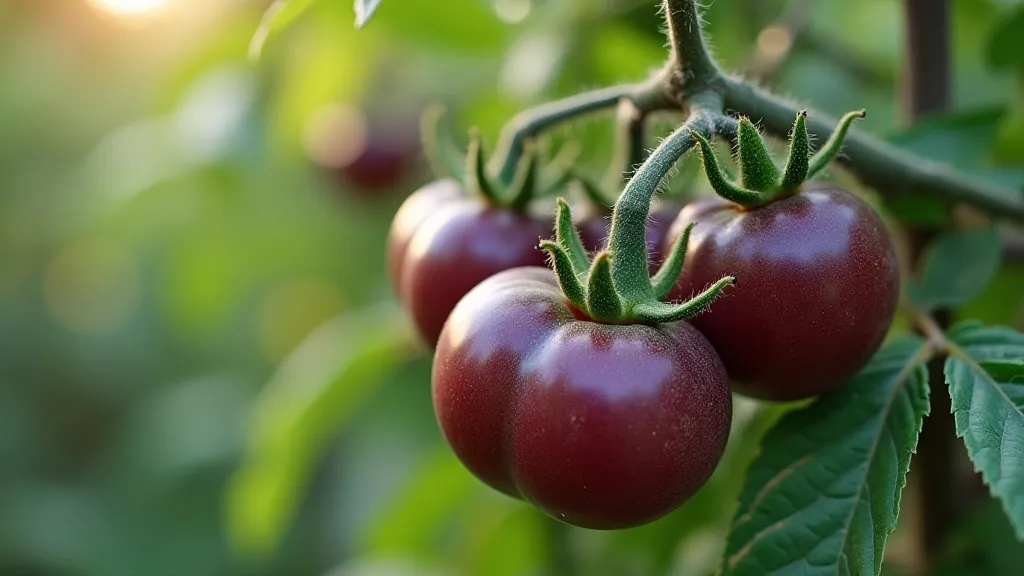
Southern Climate Considerations for Cherokee Purple Tomatoes
The Southern climate presents unique hurdles for tomato growers. The combination of high heat, humidity, and frequent rainfall can create a breeding ground for diseases and exacerbate common tomato problems. Here's what you need to be aware of:
- Heat Tolerance: Cherokee Purples are reasonably heat-tolerant, but consistent temperatures above 90°F (32°C) can impact fruit set. Consider the impact of heat on other varieties too; some tomatoes, like the Black Krim, offer resilience in hotter climates.
- Humidity & Disease: High humidity encourages fungal diseases like early blight, late blight, and Septoria leaf spot.
- Rainfall & Blossom End Rot: Excessive rainfall can leach calcium from the soil, leading to blossom end rot.
- Pest Pressure: Southern gardens often face significant pest pressure, including tomato hornworms, aphids, and whiteflies.
Cultivation Tips for Southern Success
Here’s a breakdown of how to maximize your Cherokee Purple tomato harvest in the South:
Starting Seeds & Transplanting
Start seeds indoors 6-8 weeks before the last expected frost. Use a well-draining seed starting mix. Transplant seedlings outdoors after all danger of frost has passed and the soil has warmed. Space plants 24-36 inches apart. Proper timing is everything, and many gardeners find that extending the tomato season allows for even longer harvests. Techniques to extend the tomato season, tailored for your specific region, can significantly boost your yields.
Soil & Fertilization
Cherokee Purples thrive in fertile, well-drained soil with a slightly acidic pH (6.0-6.8). Amend the soil with compost or well-rotted manure before planting. Fertilize regularly with a balanced tomato fertilizer, following package instructions. Pay close attention to calcium levels to prevent blossom end rot. Understanding the particular needs of heirloom varieties is key to success; the Black Krim tomato, for example, thrives with a specific approach to fertilization in the Southwest.
Watering
Consistent watering is crucial, especially during fruit development. Water deeply and less frequently, rather than shallow, frequent watering. Mulching around the plants helps retain moisture and regulate soil temperature. Inconsistent watering, beyond just a lack of moisture, can lead to issues like fruit cracking.
Pruning & Support
Prune suckers (the small shoots that grow between the main stem and branches) to improve airflow and focus the plant’s energy on fruit production. Staking or caging is essential to support the heavy fruits and prevent them from resting on the ground. The weight of these beautiful tomatoes can be considerable, requiring sturdy support systems.
Disease & Pest Management
Blossom End Rot: To combat blossom end rot, ensure adequate calcium in the soil. Amend the soil with lime or gypsum before planting. Consistent watering also helps. Fungal Diseases: Practice good air circulation by spacing plants adequately and pruning lower leaves. Apply a preventative fungicide according to label instructions. Pests: Handpick tomato hornworms. Use insecticidal soap or neem oil to control aphids and whiteflies. Consider companion planting to deter pests (e.g., basil, marigolds). Many gardeners find that companion planting, like introducing basil, can act as a natural pest repellent, especially useful against common Southern garden pests.
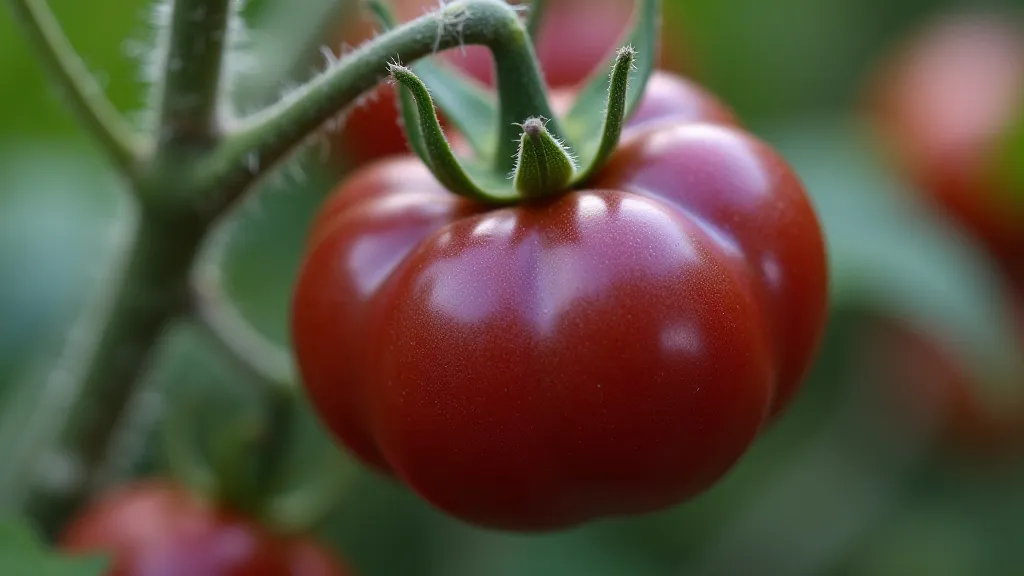
Troubleshooting Common Issues
Here's a quick guide to common problems and solutions:
- Poor Fruit Set: Could be due to excessive heat or lack of pollination. Hand-pollinate blossoms if necessary.
- Cracking: Inconsistent watering can cause fruit cracking. Maintain even soil moisture.
- Sunscald: Protect fruits from intense sunlight with shade cloth or by ensuring adequate foliage cover. Providing adequate shade is especially important in regions with intense afternoon sun.
Harvesting and Enjoying Your Cherokee Purples
Cherokee Purple tomatoes are ripe when they have developed a deep purple-red hue and yield slightly to gentle pressure. Their flavor intensifies after they’re picked, so letting them ripen for a day or two off the vine can enhance their sweetness. Enjoy them fresh in salads, sandwiches, or sauces, or preserve them for later use. While Cherokee Purples are a Southern favorite, other heirloom varieties offer unique experiences. For those facing the arid conditions of the Southwest, the Black Krim tomato provides a flavorful and resilient solution.
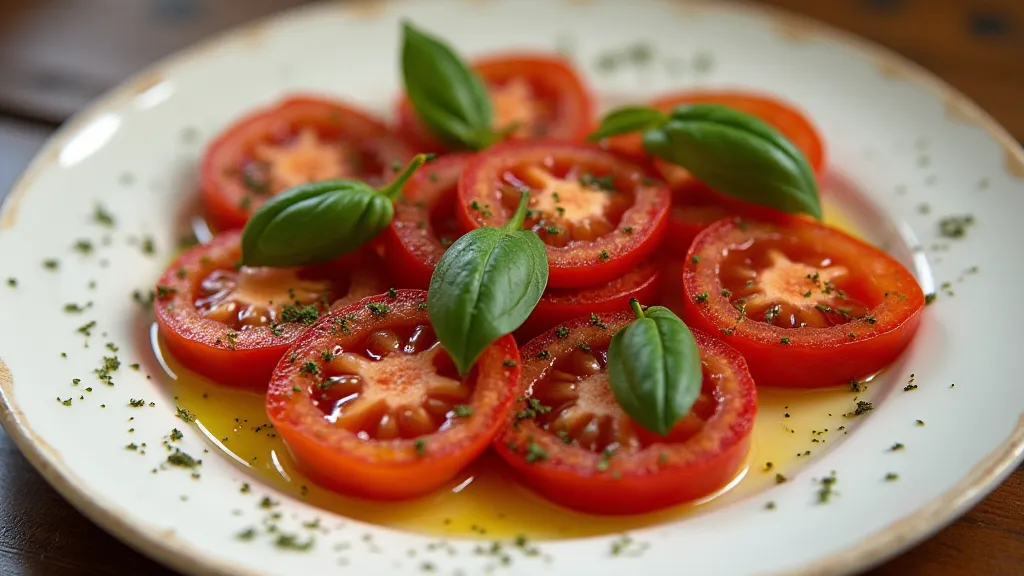
Expanding Your Tomato Growing Horizons
Growing tomatoes successfully in the South is a rewarding experience. However, challenges arise from the region's unique climate and soil conditions. Beyond the specific needs of Cherokee Purple tomatoes, there’s a whole world of heirloom varieties to explore, each with its own quirks and requirements. For gardeners in the Midwest, the experience can be equally compelling, although they face different hurdles – as detailed in our article on Green Zebra tomatoes. Understanding these differences is key to maximizing your yield and enjoying a bountiful harvest.
If you're new to growing heirloom tomatoes in the Southeast, you might be curious about unique local secrets. Many gardeners swear by the tried-and-true techniques associated with “Hillbilly Tomatoes” – a testament to generations of Southern ingenuity. Learn more about this fascinating regional approach.
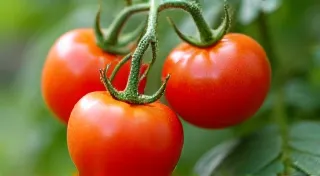
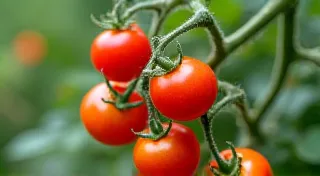
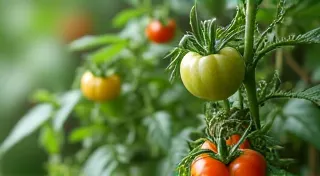
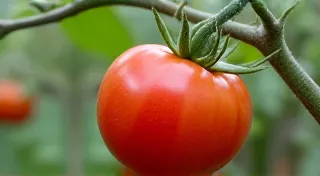
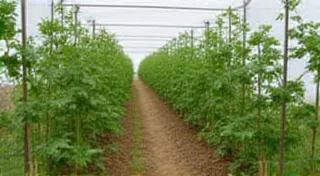
![Tomato Variety Comparison: Best Performers in [Region]](/thumbs/tomato-variety-comparison.webp)